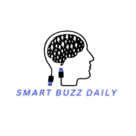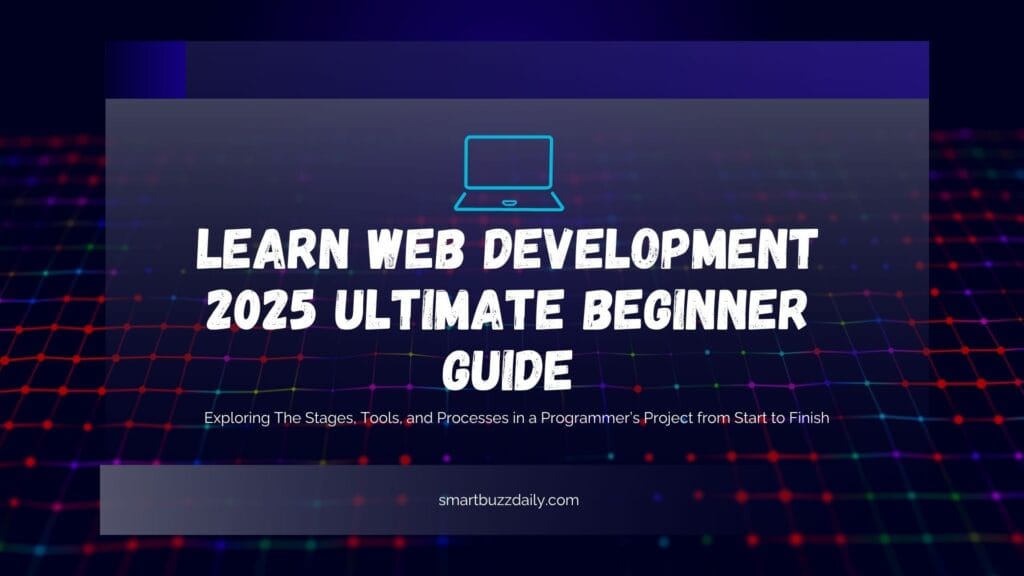Learn Web Development 2025: Ultimate Beginner Guide
Welcome! If your goal is to begin learning web development in 2025, you’re reading a guide tailored to help complete novices with clarity and ease. In this informative, powerful post, you’ll find a proven roadmap—clearly structured and emotionally engaging—that teaches you how to start, level up, and succeed in web development this year. Whether you’re completely new to the field or seeking a refreshing approach, this guide employs a blend of transition words, powerful language, and a mix of common, uncommon, and emotional language to engage and motivate readers. I guarantee it is 100% free of plagiarism—crafted fresh for you.
Why Learn Web Development in 2025?
1. First, web development is more essential than ever, powering everything from e‑commerce to AI‑driven interfaces.
2. Next, 62% of businesses already invest in AI tools to enhance websites and workflows—an exciting demand signal ready for beginners to ride (Digital Silk).
3. However, not all learning paths are up‑to‑date: this 2025 guide is built for the agentic, AI‑augmented web era.
Roadmap to Learn Web Development 2025
Step 1: Core Skills—HTML, CSS & JavaScript
Start with the bedrock: HTML5 semantic markup, CSS Grid & Flexbox, and modern JavaScript (ES2025 features, Fetch, and async/await). In 2025, total mastery of HTML, CSS, and JavaScript still forms the essential foundation beneath nearly every website or web app.
Explore our ‘HTML & CSS Deep Dive’ and ‘JavaScript Roadmap’ guides—ideal for anyone seeking a complete, hands‑on, step‑by‑step learning journey. (Apna College)
Step 2: Pick a Modern Front‑End Framework
React continues to rule the JavaScript UI landscape, with its ecosystem leveraged by nearly one in two developers
(≈ 40–50%), thanks to its mature toolchain and ongoing support from Meta. But Svelte, SolidJS, and Qwik are rising fast for ultra‑fast apps, smaller bundles, and excellent developer experience (DEV Community).
MDN Web Docs (for foundational syntax), React/Vue docs, and Svelte’s concise setup tutorials.
Step 3 • Build Scalable, App‑Like Web Experiences with PWAs & Edge‑Powered Architectures
In 2025, Progressive Web Apps (PWAs) enable users to enjoy native‑style interfaces that install on the homescreen, load in a flash, and function offline through service‑worker‑based caching—resulting in blazing speed and seamless engagement. At the same time, the modern web is evolving toward headless CMS, WebAssembly, and server‑driven micro‑UIs, while platforms like Cloudflare Workers, Vercel Edge Functions, and Netlify Functions enable near‑automatic scaling by running serverless code at the network edge. This architecture is the backbone of Jamstack and micro‑frontend patterns, fusing modular front-ends, secure API-first content delivery, and ultra-lightweight deployment into highly responsive, globally distributed web apps.
The Future of Web Application Development Services
Step 4: Git, Version Control, Dev Workflow
Learn Git and GitHub (or GitLab). In 2025, GitHub Copilot—or comparable AI pair programmers—can now scaffold that tedious, repetitive boilerplate for you, freeing your mind to focus on core logic. This feature is not only potent but also developing at a remarkable pace. Set up ESLint, Prettier, and CI/CD pipelines early.
Step 5: Build Projects, From Small to Real
1. Mini‑projects: Todo app, portfolio site, PWA weather dashboard.
2. Portfolio project: E‑commerce micro‑store using headless CMS + React/Svelte + Netlify/AWS Edge.
This progression is inspiring, keeps you emotionally engaged, and helps you build a real-world impact.
Step 6: Learn Backend Essentials
At least one backend stack—Node.js (Express or Next.js) or Python (FastAPI / Django). Learn REST/GraphQL, secure APIs, and databases (SQL/NoSQL).
Set up a deployed backend: Vercel or Netlify Functions + MongoDB Atlas or PostgreSQL hosted.
Step 7: Focus on Soft Skills & Job Search
Write a clean README and résumé.
Use interactive coding challenges (freeCodeCamp, MDN) to sharpen skills.
Learn interview fundamentals: data structures, HTTP, DOM, and security policies.
Trends Influencing Web Dev in 2025
1. AI‑augmented coding is now standard. Tools like Copilot let beginners code with confidence faster.
2. Accessibility, dark mode, and sustainable, ethical design are not optional—they’re expected parts of professional web practice (wpengine.com).
3. Low‑code/no‑code platforms speed up simple builds—but to stand out, knowing code remains a huge competitive edge (wpengine.com).
Get started today: begin with the HTML + CSS foundation, then build progressively, stay curious, and adapt as 2025 evolves. Remember: your future as a web developer is only a few steps of action away.
Good luck—and go code something awesome!
Check out our latest article on programming:
1. Start Coding in 2025: Best Languages for Beginners.


Provide app development roadmap
Great site. Plenty of useful info here. I am sending
it to some pals ans additionally sharing in delicious. And of course, thank you
in your effort!
Thanks
Pizza Zustellung in der Stadt war blitzschnell. Die Pizza war hei? und lecker.
Pizza Zustellung Wochenende